New technique uses waste metal shavings to catalyze hydrogen production, turning nothing but trash and water into clean, renewable fuel.
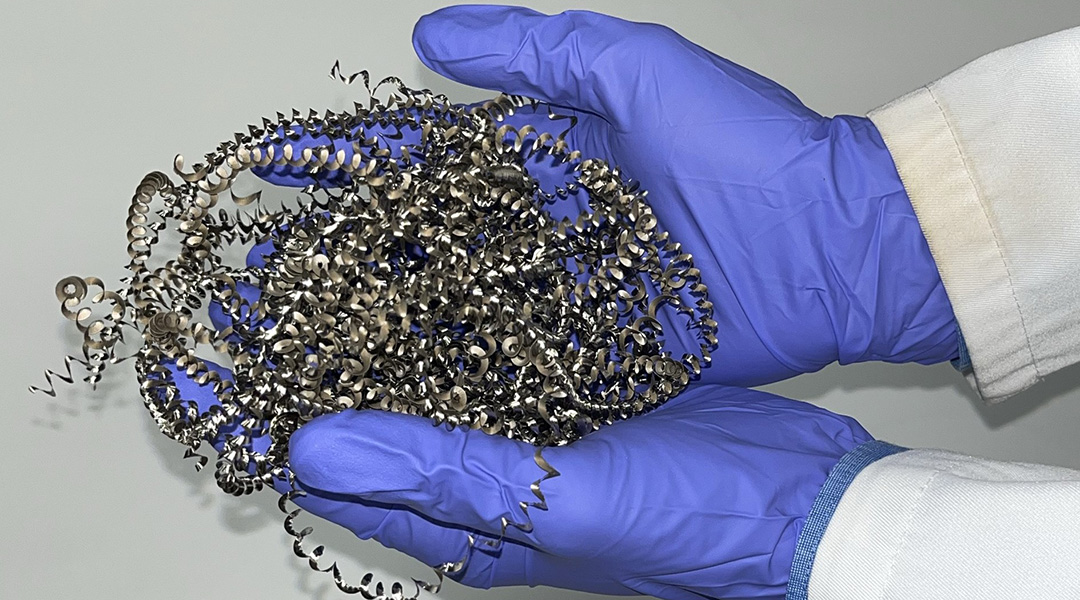

New technique uses waste metal shavings to catalyze hydrogen production, turning nothing but trash and water into clean, renewable fuel.

Pre-activation of plastics with fluorine-containing molecules disrupts their stability, making them easier to break down and upcycle.
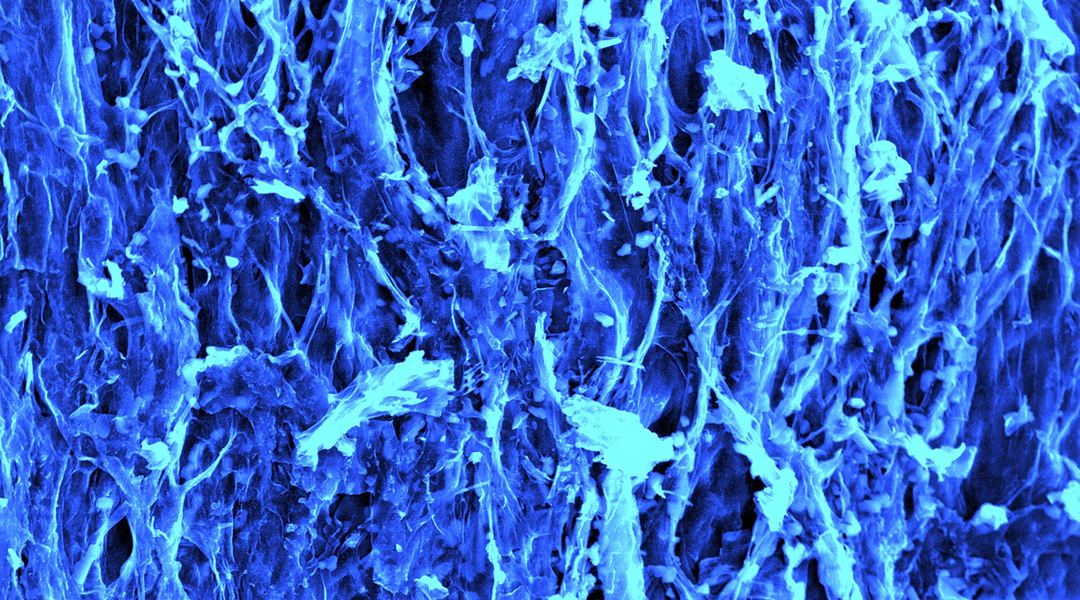
Scientists are using carbon filaments from mushrooms in supercapacitors, paving the way for a sustainable energy future.
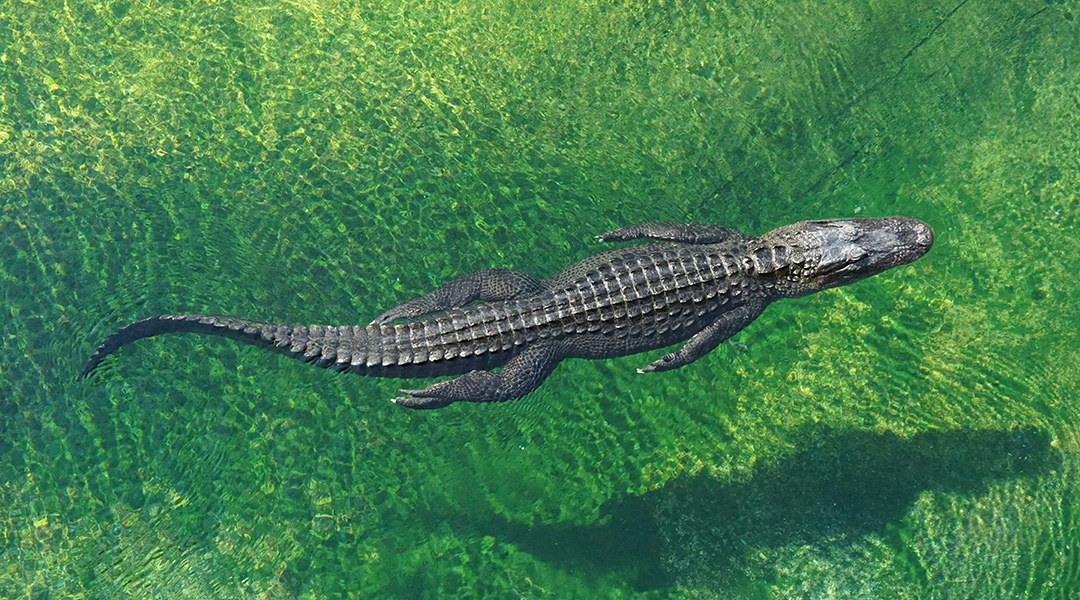
The decline of freshwater megafauna, including river dolphins, hippos, and crocodiles, is triggering significant consequences for ecosystems.
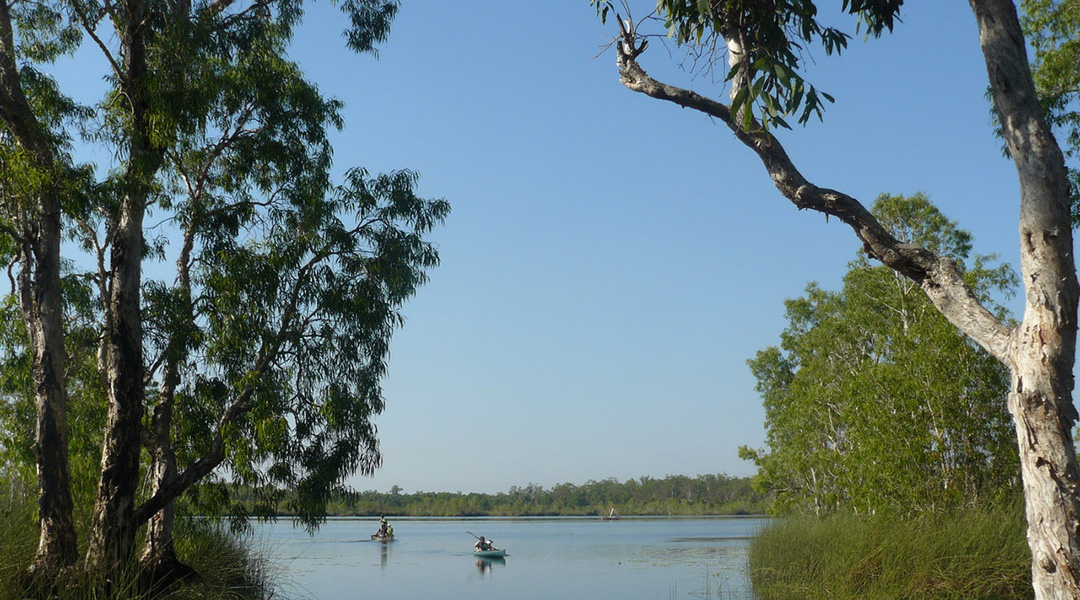
Abandoning traditional practices led to intense dry season fires, drastically altering biodiversity and increasing greenhouse gas emissions.
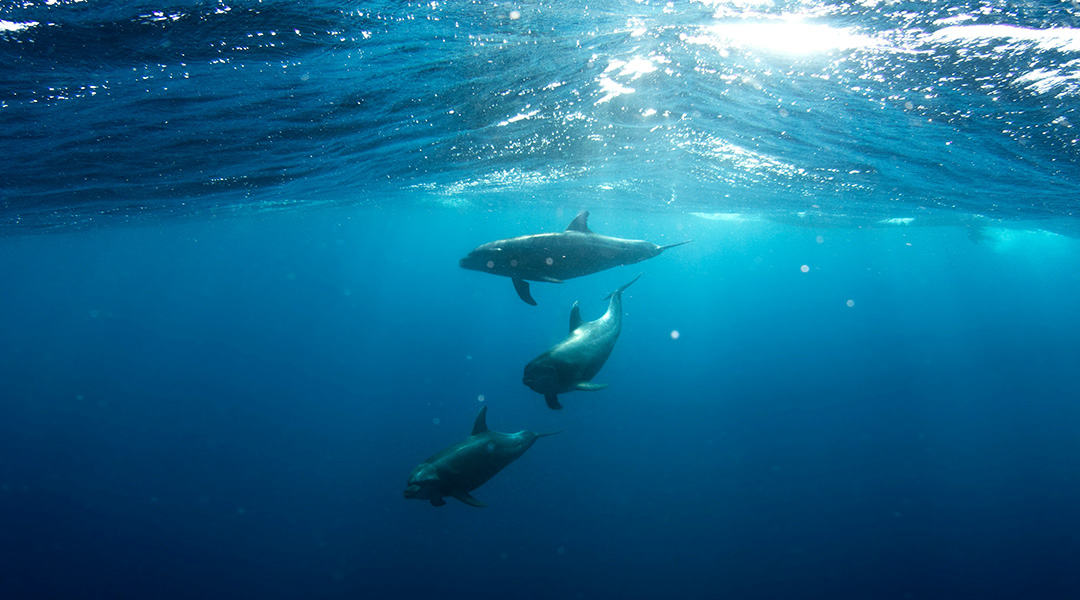
A transparent underwater robot camouflages itself to explore the ocean, reducing encounters with delicate sea life.

Gold nanoparticle clusters boosted the efficiency of titanium dioxide in degrading a toxic dye called methyl orange.

A material derived from avocado pruning waste and bio-polyethylene combines high strength with biodegradability.

Modifying hydrogen fuel cells with caffeine helped protect them from degradation, resulting in up to 11-fold increase in activity.
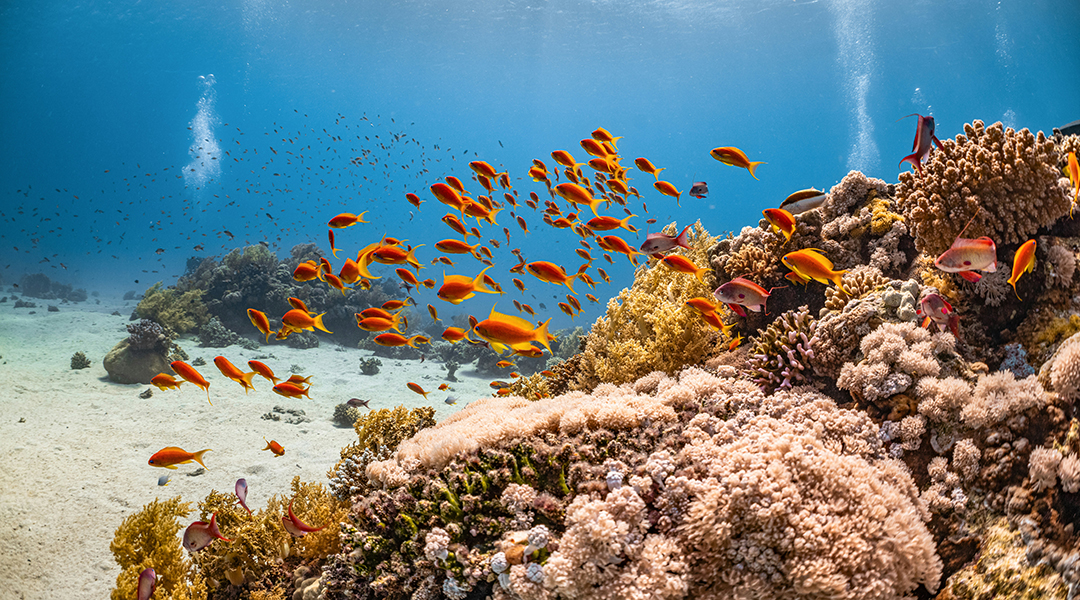
Mapping genetic connections between coral reefs allows scientists to identify and prioritize those acting as regional larval sources.